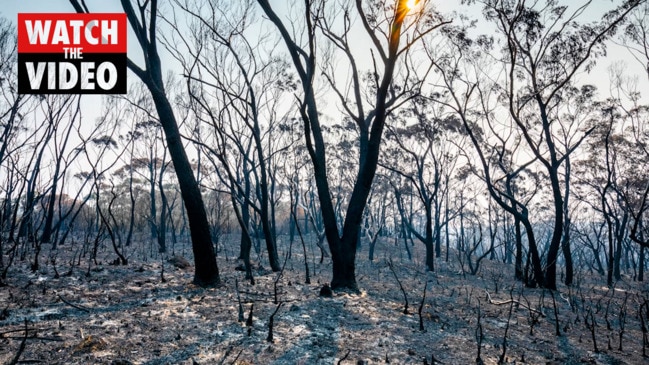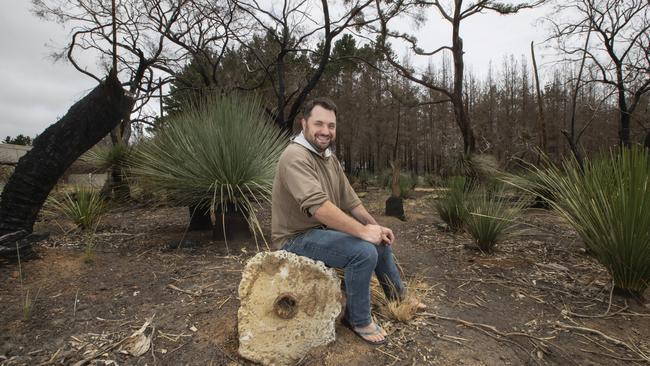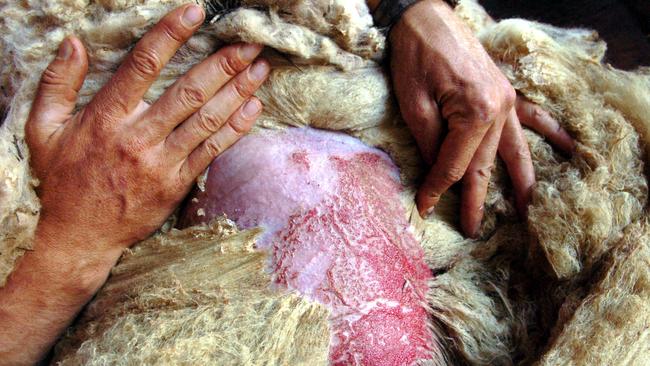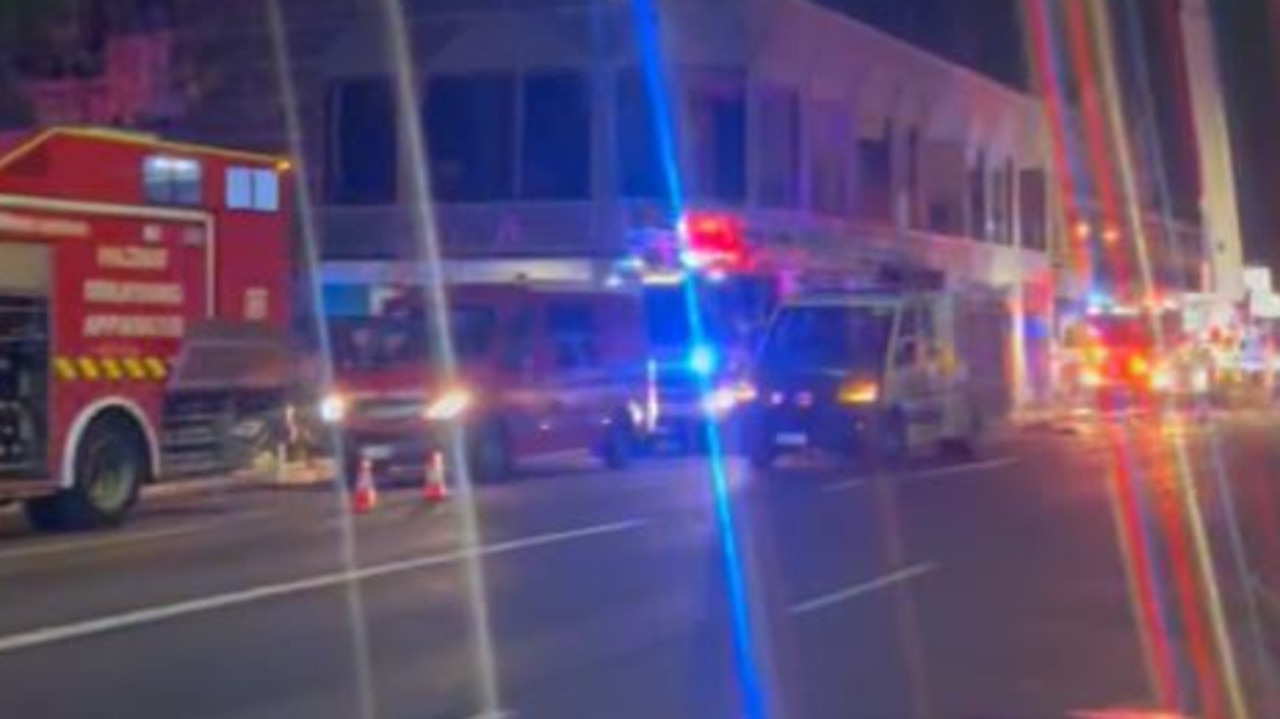Work nears on $3.5m sterile sheep blowfly unit at Kangaroo Island, in a bid to save farmers $88m over 25 years
In an Australian first, a secret weapon is about to be launched to wipe out flystrike on Kangaroo Island – and it involves breeding up to 50 million sterile insects a week.

SA News
Don't miss out on the headlines from SA News. Followed categories will be added to My News.
A $3.5m Australian-first operation to eradicate sheep blowflies will soon kick off on Kangaroo Island, in what’s been labelled a major boost for the region.
Kangaroo Island Council plans to lease land west of Kingscote to the state government for the project, which could save farmers $88m over 25 years.
Primary Industries and Regions SA will breed sterile Australian sheep blowflies at the centre, which would then mate with females, aiming to eradicate them from the island over five years.
Pending approvals, work on the centre is expected to begin in June, and from later this year, six million flies a week will be released, initially around the island’s eastern end.
Once the facility reaches peak production it will breed up to 50 million flies a week.
Agriculture KI chairman Jamie Heinrich said if successful, the project would reduce the need for mulesing, crutching and chemical treatments to stop fly strike – where parasitic flies lay eggs on soiled wool or open wounds.

The program could then be replicated in other parts of the state.
“It’s huge for the island – agriculture is the biggest industry on the island and sheep is the biggest part of that,” Mr Heinrich said.
With 600,000 sheep in the region, the project would have significant implications for the island’s productivity.
Mr Heinrich’s farm already runs an unmulesed operation, and he says it will allow more farmers to attract the price premium unmulesed wool brings.
Mayor Michael Pengilly said the project would slash farmers' costs and had huge implications for animal welfare – stopping the insects that burrow into sheep’s flesh.
“It’s a pretty gruesome stuff – they (the maggots) spread like rockets,” he said.

michelle.etheridge@news.com.au



